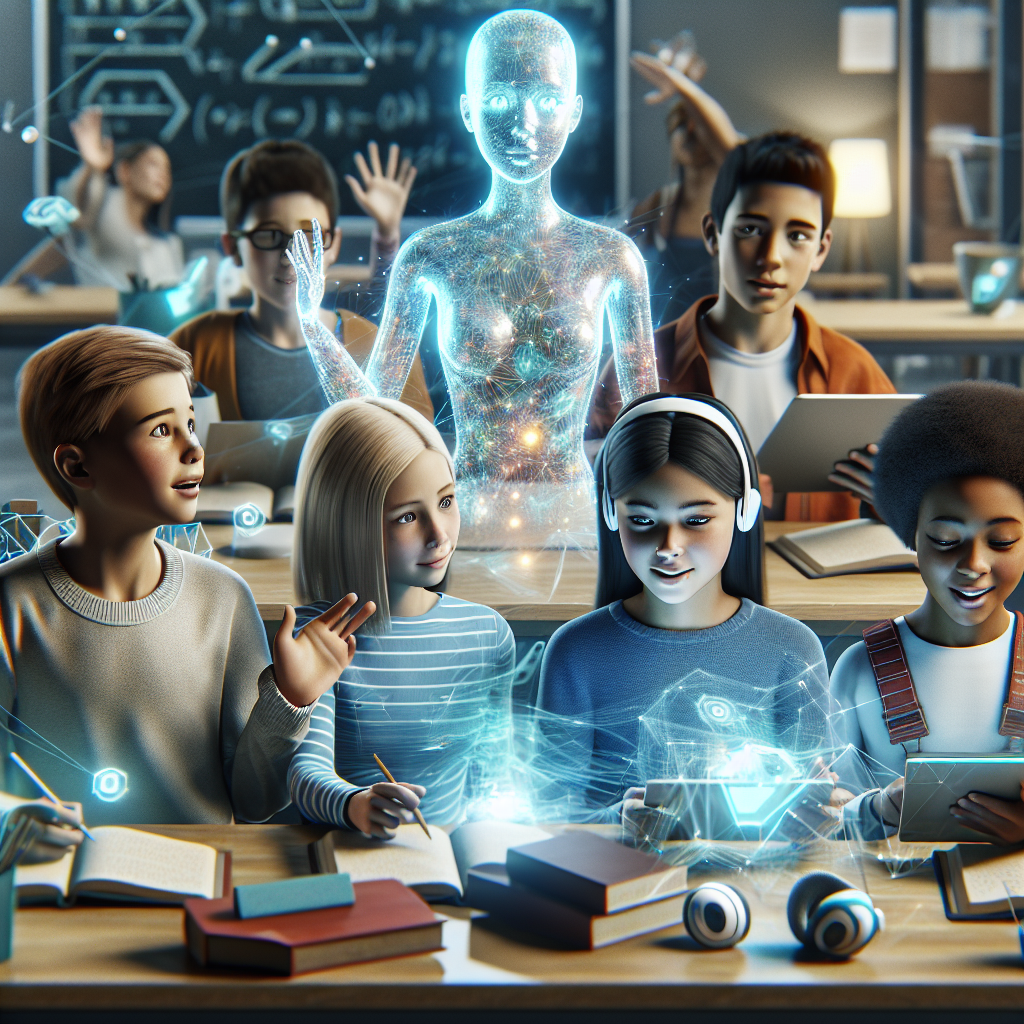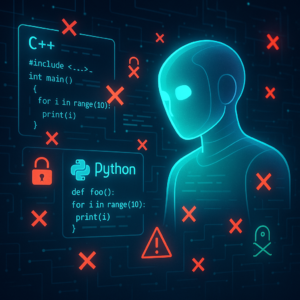GenAI and Self-Learning: Navigating the Future of Education

GenAI and Self-Learning: Navigating the Future of Education
Welcome to an era where technology doesn’t just accompany learning—it transforms it. As we venture deeper into the digital age, Generative AI (GenAI) systems are stepping up as the surprising guides in the learning labyrinth. Their potential to revolutionize how we learn is staggering. So, what does this mean for self-directed learning (SDL) today? Let’s dive into the compelling world of GenAI and its role in reshaping education, as illuminated by Jasper Roe and Mike Perkins in their insightful review.
Unpacking Generative AI and Self-Directed Learning
Generative Artificial Intelligence—think of AI models like ChatGPT or DALL-E—can create content that resembles what a human might produce, whether that’s text, images, or even music. In the realm of education, these AI systems offer a groundbreaking way to enhance SDL, a learning approach where learners take the wheel of their educational journey.
SDL empowers learners to plan, execute, and evaluate their learning endeavors—imagine learning a new language by setting your own milestones and picking the materials that best fit your style. Roe and Perkins have explored how this intersects with AI’s capabilities to assist with personalized learning, making learning both intriguing and tailored to an individual’s needs.
GenAI: The Learning Companion You Didn’t Know You Needed
Enhancing the SDL Journey
Many have wondered if GenAI could replace the role of teachers. While AI isn’t quite ready to take the teacher’s spot, it certainly makes for a remarkable co-pilot in the educational cockpit. AI tools can support learners by generating personalized resources, providing instant feedback, and offering rich insights that might be otherwise missed in a traditional classroom setting.
Think of an AI as an enthusiastic librarian—pointing you to the best materials, quizzing you on your knowledge, and offering pointers tailored precisely to your learning goals.
The Educator’s Evolving Role
Does AI spell the end for teachers? Not quite. Teachers are still the cornerstone of education, as guides in this GenAI-enhanced landscape. They are essential in not only introducing these technologies but also ensuring that students leverage them effectively. Educators can use AI to foster critical thinking and SDL skills, turning students into self-sufficient learners who can follow their curiosity wherever it might lead.
A New Era of Personalized Learning
AI’s ability to customize educational experiences is vast. Imagine a tutor who never grows tired, always adapting to your pace, and ready to dive into any topic you choose at a moment’s notice. Whether it’s guiding medical students through complex issues or helping language learners achieve fluency, GenAI has the potential to transform personalized learning from theory to reality.
Imagine AI, But Tread Carefully
While the dance between AI and education is an exciting one, not all steps are flawless. It’s crucial to approach these advancements thoughtfully:
-
Avoiding Overreliance: Like GPS in your car, AI should guide but not drive the entire route. Over-dependence could stunt a learner’s ability to think critically and explore independently.
-
Accuracy Matters: AI can, at times, serve up less-than-perfect facts. It acts on pre-existing data, which might not be up-to-date, raising the need for a human fact-checker.
-
Balancing Benefits with Risks: Educational institutions should implement these AI tools with structured support, ensuring they enhance rather than hinder the learning experience.
Real-World Applications and Practical Implications
As GenAI integration becomes more mainstream, its practical applications are vast:
-
In-Class Activities: Teachers can create AI-fueled projects where students use AI for research or as a virtual brainstorming partner, encouraging creativity and critical reflection.
-
Tailored Assignments: AI tools can assist teachers in designing assignments that adapt to various learning paces and styles, offering unique, engaging educational experiences.
-
Lifelong Learning: GenAI is especially beneficial for adults who must juggle learning with work or family responsibilities, offering flexible, personalized tutoring that fits their lifestyle.
Key Takeaways: Charting the Course for GenAI in Education
- Potential Enhancement: GenAI holds promise for elevating the SDL experience but remains largely theoretical with much left to explore.
- Role of Educators: Teachers remain pivotal, not as sidelined observers but as orchestrators guiding students in utilizing these AI tools effectively.
- Personalization: These tools can cater to individual learning needs, paving the way for in-depth and customized educational journeys.
- Cautionary Approach: Embracing AI in education requires a balanced strategy, mindful of GenAI’s current limitations and ethical concerns.
In conclusion, the intersection of Generative AI and Self-Directed Learning is not just a fleeting trend—it’s poised to be a mainstay in educational methodologies worldwide. However, success will depend on informed implementation, continuing research, and a balanced narrative that neither overhypes nor undervalues the genuine capabilities of AI. With this, we can all look ahead to an educational future where learners aren’t just taught but are guided, empowered, and truly connected with their learning paths.
If you are looking to improve your prompting skills and haven’t already, check out our free Advanced Prompt Engineering course.
This blog post is based on the research article “Generative AI in Self-Directed Learning: A Scoping Review” by Authors: Jasper Roe, Mike Perkins. You can find the original article here.




